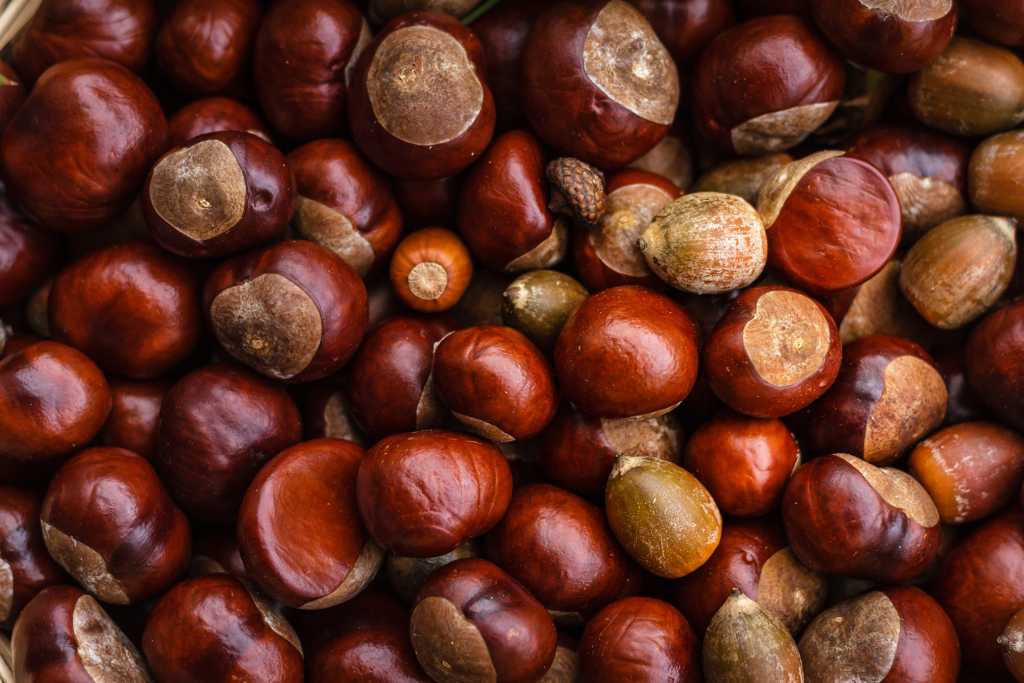The innovation that could revolutionize Iberian ham production
Innovation is continuous in all areas and also in the production of Iberian ham. how can chestnuts influence the production of hams?
Let us first understand the basics of ham curing. The process of making Serrano or Iberian ham requires salt to extract the water from the meat so that the ham’s natural curing process can take place. As far as we know, it is not feasible to produce a cured ham without salt.
In addition, from a food safety perspective, salt plays an important role in the final product we obtain. Salt not only extracts the water from the ham, it penetrates the ham and thus the microorganisms that can grow in the ham, since there is no water, cannot develop. We already know that salt has a preservative effect. In addition, it also improves the characteristics of the ham, especially the firm, hard consistency of the ham, which allows it to be cut into thin slices.
Salt influences the flavor of the ham, but it also favors reactions in the ham that selectively degrade part of the proteins and the lipolytic degradation of the ham’s fats, giving rise to aromatic flavor compounds that produce the specific flavor of the ham, the Umami flavor.
From a nutritional point of view, we all know the importance of moderation in salt consumption in our eating habits.
The industry has been gradually reducing the salt used in the ham curing process, precisely to adapt to consumer demand.
At Ibericomio we have a producer that offers a product with a low salt content, Sweet Acorn-fed Acorn-fed Ham.
At present, the optimum salt point is between 3% and 5%. Below this range, microorganisms can act on the ham and alter it. In some cases, excessive salt reduction has led to hams with an abnormally soft texture.

However, science advances and it seems that it could be possible to cure Iberian hams without salt.
We thought it would be very interesting to introduce you to this company. Enzicas BIO A 100% Spanish Startup, created in 2022 in the Galician accelerator Business Factory Food.
Enzicas seeks to respond to the challenges that threaten the food system, creating new additives based on traditional crops from Galicia.
On this occasion the project uses a very Galician product; chestnuts.
In the case of cured ham, they have recently presented a project in which, from chestnuts as a substrate, they obtain enzymes that would accelerate the curing process of meats.
With their process they would reduce curing times and therefore costs.
At the same time, the salt content of cured ham would be reduced .
The question now is.
How would the absence of salt affect the Umami flavor of the ham?
What could be the next innovation in the production of Iberian ham?
Can you imagine that in a few years hams will not need salt for curing? Or that Iberian hams could be produced in a few months instead of the minimum of 24 months currently established by RD 4/2014, the Iberian standard. It would be a revolution for the sector.
Innovation is never easy, doing things “different from the way they have always been done” is a great challenge, so keep up the good work, Enzicas! We found it very interesting and we will keep a close eye on your developments.
By the way, speaking of ham and chestnuts. Did you know that some pigs are fed with chestnuts? In fact, there is a producer who sells Iberian ham from pigs fed with chestnuts. We will talk about that another day.





